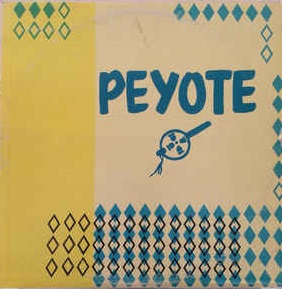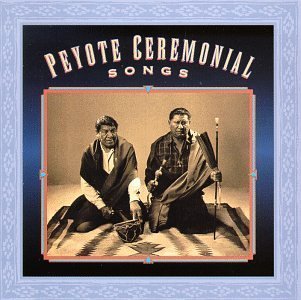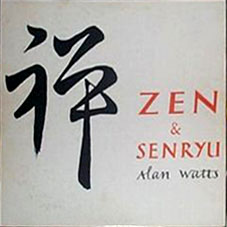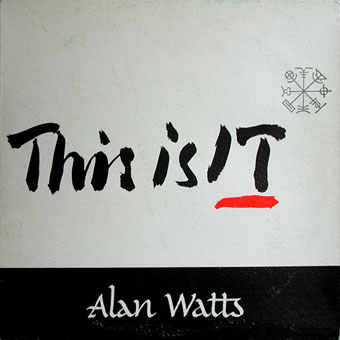“Ooo, have another hit of fresh air, ooo, have another hit”
From the song, “Fresh Air” by Chet Powers (aka Dino Valenti, aka Jesse Farrow) on the Quicksilver Messenger Service LP “Just for Love,” 1970
I just kicked my Facebook addiction by closing my accounts and removing the app from all my devices. What this means is that Facebook is not where you go to find out if I have added a new post here. While I do not use Twitter, I still have an account there and if you have an account you can find me there if you link to mine. I am under my birth-given name on Twitter. You can also find my Twitter posts via my Twitter handle, @7st0nes. The only thing I post on Twitter is when I have a new entry here.
I feel great after getting rid of Facebook. For the past few years, it has been a love-hate relationship. And now it feels like a breath of fresh air to be rid of it. It used to be the way I kept up with the local music scene and my friends around the country but now I know other places where I can go to find out who is playing at my favorite venues and where my favorite artists are performing. Facebook made it easier, but that is okay; I can find my way around without it. And people who want to keep in touch can do so by contacting me via email or phone. If they did not take me up on my request to ask me for contact info in Messenger before I pulled the plug, then it was not important to them, so it should not be important to me either.
Recently I have been immersing myself in my collection of spoken word and related recordings with themes regarding the hippie and drug cultures from the mid-fifties to the mid-eighties. These include a variety of recordings both pro and con as well as scientifically objective perspectives. I am not advocating for the use of any substance, whether it be alcohol, marijuana, or anything else. The point here is that I am a collector as well as a student of the era spanning the period from my early childhood to my early 30s. Some are of historical significance, but others are just rare and collectible.
This has been evolving as I write and will be broken into digestible pieces and may involve several posts reflecting what I have been listening to recently. So here goes:
Various Artists – Peyote Ceremonial Songs. (undated/1998) This includes recordings from Kiowa, Cheyenne, Cherokee, Omaha, and other tribes. It is noted that David Apekaun, of the Kiowa tribe, was recorded in 1953, and most others were recorded in the 1950s and early 1960s. Apekaun’s recordings may be the earliest recordings related to the use of hallucinogenic substances. The 1998 CD is from an undated LP that appears to be no earlier than the mid-1960s (based on the use of a zip code in the label address) and is subtitled “Music of the Native American Church of North America (Indian).” It is uncertain whether any of these recordings were conducted while the performer was under the influence. To the untrained listener, this may sound like many other Native American recordings totally unrelated to the use of peyote. Various Native American percussive instruments are used with singing.
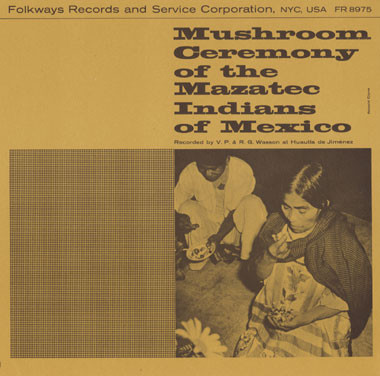
Maria Sabina – Mushroom Ceremony of the Mazatec Indians, recorded by Gordon and Valentina Wasson in Huautla de Jimenez, State of Oaxaca, Mexico, on July 21, 1956. Maria Sabina was a curandera (witch doctor) under the influence of hallucinogenic mushrooms, in a trance state, during the recording. This recording was released in 1957. Three years later, Timothy Leary, PhD traveled to Cuernavaca, Mexico to experience the effects of these mushrooms himself. He thus began his exploration of other hallucinogenic substances through the early 1960s, bringing his colleagues at Harvard, Richard Alpert, PhD and Ralph Metzner, PhD into these explorations. On May 13, 1957 Life magazine published an article by Gordon Wasson about the use of these mushrooms in religious ceremonies by the Mazatec people. One person who read this article at the age of 11 was Terence McKenna, and I will have more to say about McKenna in a later post.
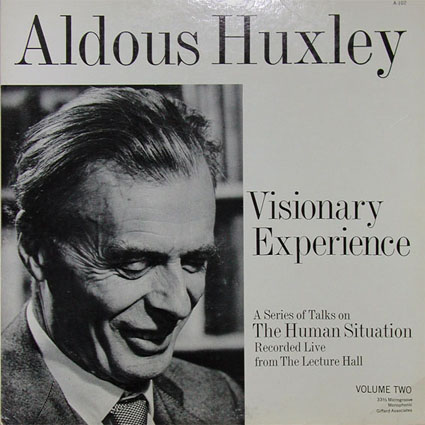
Aldous Huxley – Visionary Experience, from a 1962 lecture addressing a Los Alamos scientist crowd where he mentions his experiences with the use of LSD and mescaline. This was volume two of a two album series with the first volume being called “Human Potentialities” with no reference to hallucinogens. These were not released until 1969.
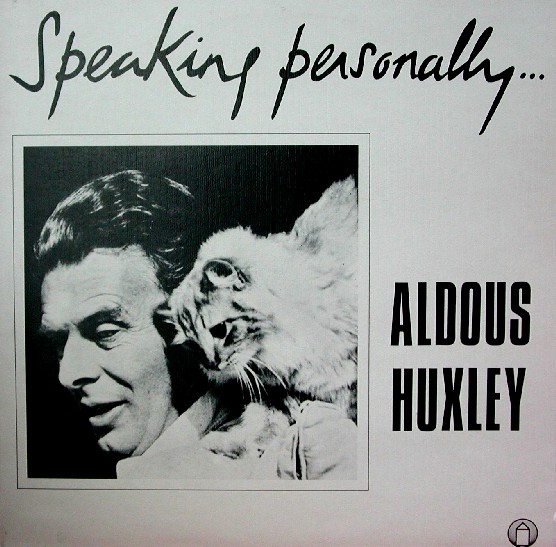
Aldous Huxley – Speaking Personally, from a 1961 interview by John Chandos with Huxley. There are references to the benefits of research into the use of LSD. This was not released until 1973 and later was issued as a CD. Huxley had first taken mescaline in 1953 with the assistance of psychiatrist Humphrey Osmond, M.D. This experience resulted in Huxley writing the book, “The Doors of Perception.” Osmond had been experimenting with the use of LSD and mescaline with schizophrenic patients since 1951. Osmond was the person who coined the term “psychedelic” in letter exchanges with Huxley and introduced its use in a meeting of the New York Academy of Sciences in 1956. The term stuck.
Alan Watts – Haiku (1958), Zen & Senryu (1959), and This is IT (1962) These are the first three albums by British philosopher, Alan Watts. The first two examine Asian poetry forms with Watts reading the poem followed by a brief musical interlude on Asian instruments and the reading repeated in Japanese by Sumire Jacobs. The last album is more “musical” but in an extremely broad sense of the term, with several participants playing instruments without any understanding of how to play them, as well as chanting, gibberish, and wild howling. It is a free-form cacophonous experience, and the participants may have possibly been under the influence of hallucinogenic substances. At one point one of the chants sounds like it included the acronym “LSD”. “This is IT” parallels Watts’ book, “The Joyous Cosmology”, which discusses experiences on LSD.
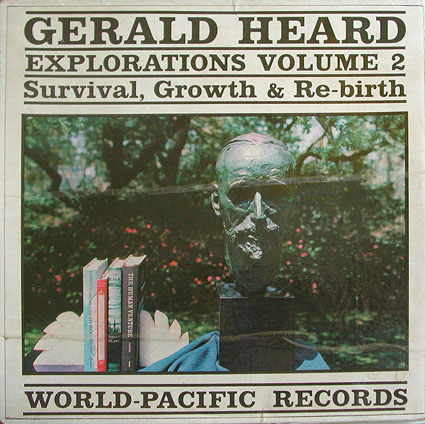
Gerald Heard – Re-birth (1961). Philosopher, author, and historian Gerald Heard recorded two spoken word box sets containing 3 LPs each, the first in 1959 and the second in 1961. The focus in this blog is on “Re-birth”, the last LP in the 1961 box set titled “Explorations Volume 2: Survival, Growth, and Re-birth”. The first two LPs are lectures and devoid of any reference to hallucinogens. This third LP stands out in its invoking of the Tibetan Book of the Dead and is seen as a guide for an LSD trip where the subject is initiated into the trip, symbolically dies, and is then reborn. While this also follows the process of being born again in Christianity, the close following of references from the Book of the Dead indicates Heard was not referring to Christianity. This third LP also includes ominous-sounding minor key musical interludes on church organ and occasional choral vocalists providing advice to the initiate.
This same process is noted in the 1964 book and supporting 1966 LP “The Psychedelic Experience,” by Timothy Leary, Richard Alpert, and Ralph Metzner. Later in 1966 in The Beatles album “Revolver” the song “Tomorrow Never Knows” incorporates a quote from “The Psychedelic Experience” in the lyric, “Turn off your mind relax and float downstream.”
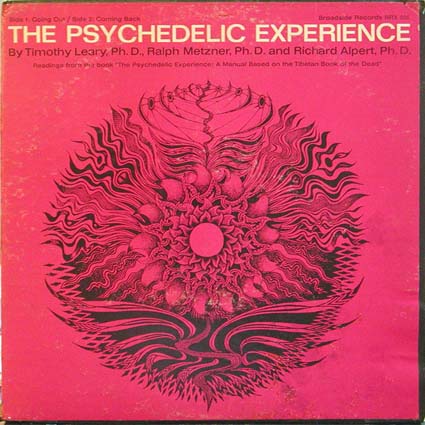
Timothy Leary, PhD, Richard Alpert, PhD, and Ralph Metzner, PhD – The Psychedelic Experience (1966) An abridged audio version of their 1964 book of the same name, this followed the same process as Gerald Heard’s “Re-birth” LP except that instead of a church organ signifying the steps in the process, there is a singular ring of a bell at each step. Leary, Alpert, and Metzner take turns reading, alternating readers with each bell ring, but with Leary doing most of the reading. This LP is not nearly as interesting as the Heard LP despite covering the same topic. Heard was a much more expressive speaker and the use of church organ and vocalists accentuated the intensity on “Re-birth”. But this 1966 LP was more important in its day since Leary and Alpert had garnered national notoriety for being fired from Harvard University in 1963 due partly to their LSD experimentation using undergraduate students. Gerald Heard’s album, unfortunately, was not widely known despite the fact that it preceded this release by five years and was the more interesting of the two.
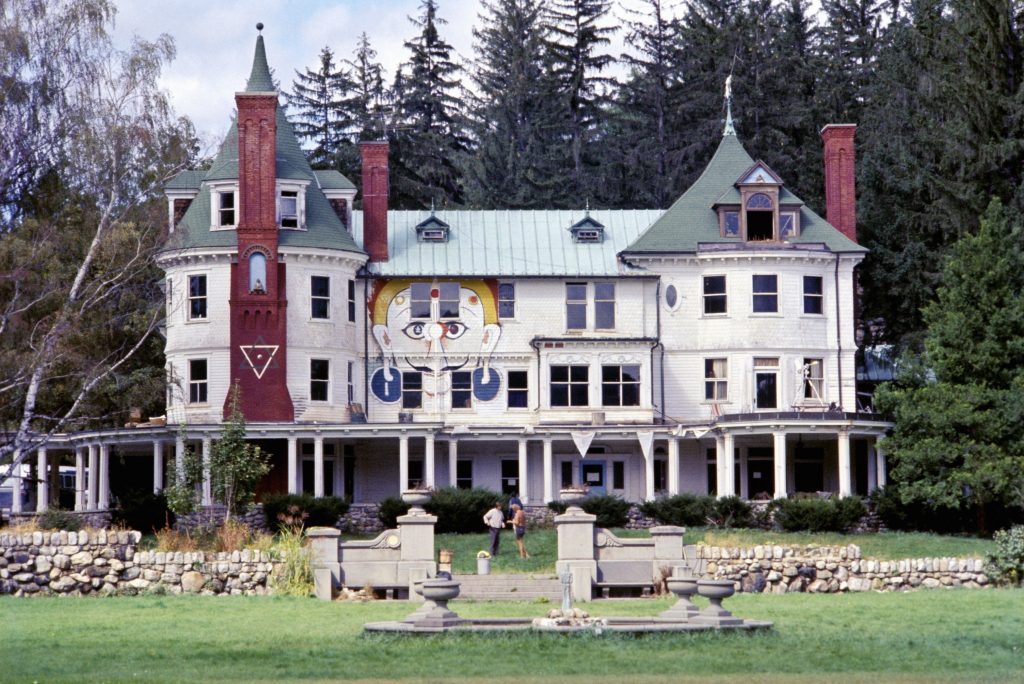
After being fired from Harvard, Leary rented the old Hitchcock Estate mansion in Millbrook, New York for a dollar per year, where he and Alpert continued to explore the spiritual component of hallucinogens. They formed the Castalia Foundation to conduct this research. Visitors included poet Allen Ginsberg, jazz artists Charles Mingus and Maynard Ferguson, philosopher and author Alan Watts, psychiatrist R.D. Laing, and other curiosity seekers. In 1964 Ken Kesey and the Merry Pranksters visited Millbrook on their way from New York City to Canada in their bus “Further” driven by beat ikon, Neal Cassady. Although Kesey and company had been invited to Millbrook by Allen Ginsberg, Leary refused to meet with them, feeling that they missed the spiritual point of the Castalia Foundation’s research and that they showed disregard for the required controlled setting.
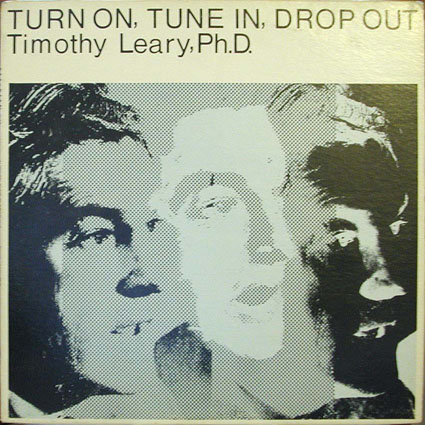
Timothy Leary, PhD – Turn On, Tune In, Drop Out (1966). This is a spoken word album recorded at Millbrook. It is where Leary coined the term calling on the youth of America to “turn on, tune in, drop out.” Here he reflects on his various experiments with hallucinogens as well as where human society should go from here. For me, Leary’s dry delivery with little emotion and long pauses between statements makes for difficult listening but it does contain a wealth of interesting ideas. It was originally released on the ESP label and the LP is quite rare, however about 10 years ago a revived ESP label reissued it on CD and finally provided me the opportunity to hear this historic release.
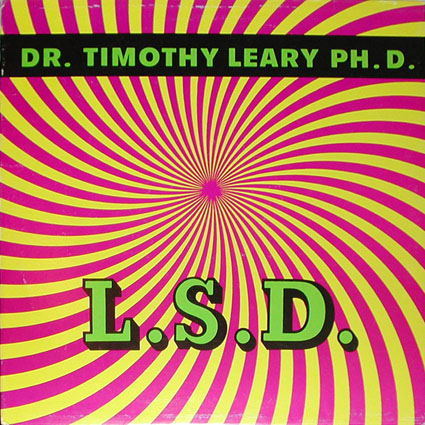
Timothy Leary, PhD – L.S.D. (1966). This is another lecture only LP, recorded at Millbrook. This lecture conceptually takes a little from his other two 1966 releases. I have both the original LP and the CD. The CD version includes extra material from a dinner party attended by Leary and G. Gordon Liddy in the late 60s and a 1967 interview referenced as “at the height of the hippie movement.” This is probably the least interesting of the Leary recordings but the extra tracks on the CD version provide a slight redemption to this rather dry album.
I think I will stop here, with some of the harder but rewarding listens. These are not recordings that you put on in the background while doing something else. They demand full attention to get the most out of them. More to come, perhaps later in the week.


